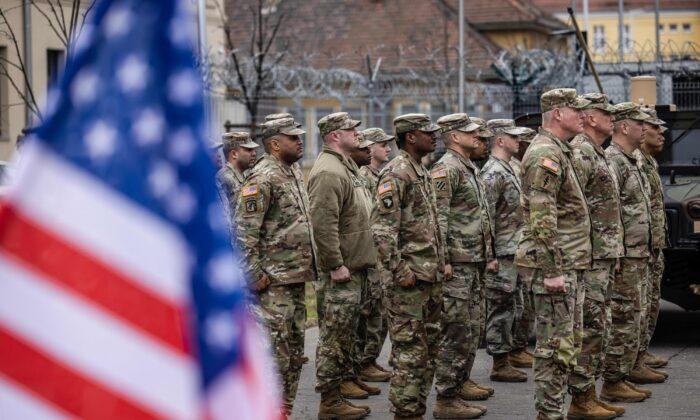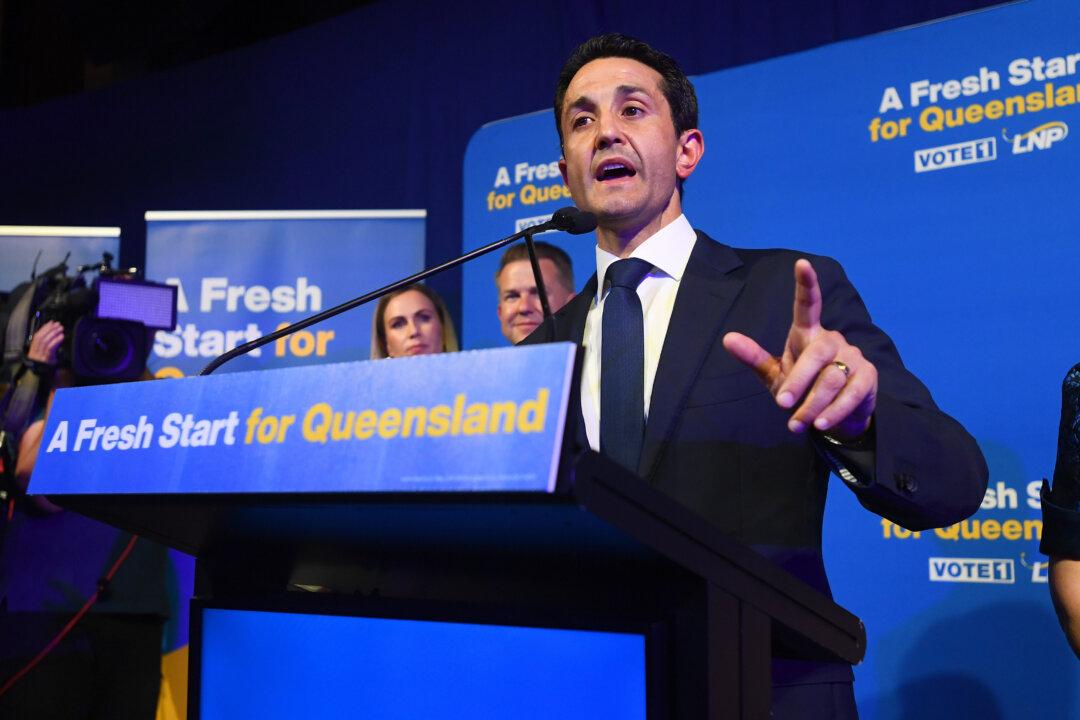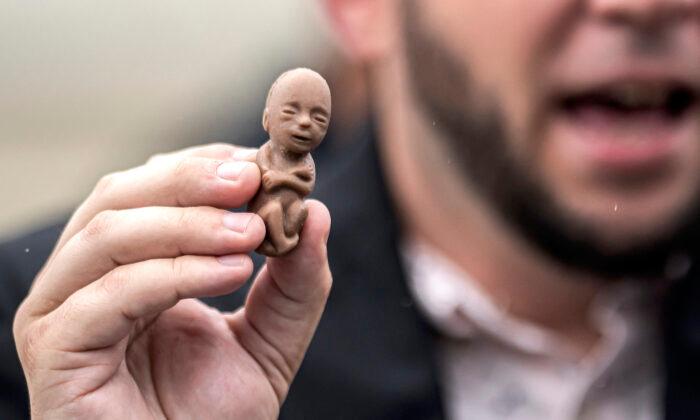A U.S. military command—akin to U.S. Forces Japan—should be established in Australia to help overcome the cultural differences between the allies, says one senior official.
U.S. Army Colonel Alan W. Throop said the U.S. Department of Defense often misunderstood just how much smaller the Australian Defence Force (ADF) is, in a report for the Australian Strategic Policy Institute.
Overcoming these differences will be important given the increasing aggressiveness from Beijing in the immediate region and the involvement of both nations in partnerships such as the QUAD, AUKUS, and military exchanges (interoperability).
One U.S. respondent to Throop’s report said, “Americans typically don’t have an appreciation for the size or scale of the Australian military. The entire ADF is smaller than one [U.S.] Marine Expeditionary Force, and I mean, that’s small.”
“They are everywhere. So, because we’ve been shoulder to shoulder with Australians in Iraq, and Afghanistan, they’re in our schoolhouses, in our commands. We don’t realize how truly small they are by number. They are extraordinarily capable; they’re just very small,” said another personnel member.
The respondents also admitted that because the U.S. already had a military presence in the country—a pre-staging ground for any potential conflict—it was easy to forget to factor in the country’s own sovereignty.
“The other assumption is [that in] a lot of countries we just do, we just come, and we do, and we just kind of are the 800-pound gorilla, that we just assume that they are going to be cool with it, and if they’re not, that they’ll get over it.
Australia Must Also Pull Its Weight: Defence Expert
Michael Shoebridge, head of Strategic Analysis Australia, said it was true that due to the “mismatched scale” of the U.S. and Australian militaries, working together would often be more challenging than expected.“The defence budgets give you an idea of the scale mismatch: Australia’s $52 billion (US$34 billion) compared to the Pentagon’s budget of US$840 billion,” he told The Epoch Times in an email.
In terms of raw numbers, Australia has 72 F-35 fighter jets compared to the 450 operated by the U.S. Armed Forces—plus a massive fleet of F-16s, F-15s, and F-22s.
In the Navy, the U.S. has 11 nuclear-powered aircraft carriers backed by hundreds of supporting naval vessels, whereas Australia has no aircraft carriers.
The U.S. Army meanwhile has around 480,000 personnel compared to Australia’s 30,000.
“There is enormous strength in the connections between lots of different parts of each other’s defence institutions—direct organizational working relationships, personnel exchanges and so on. But it’s a product of history, not design,” Shoebridge said.
Copy the Japanese Model, Colonel Says
Meanwhile, Throop recommended additional training and visits to Australia for U.S. personnel.He called for a U.S. Forces Australia to be established to focus on “synchronization.”
“The USFOR-A would synchronize, track, and have overall visibility of Department of Defense efforts to provide local direction and the best military advice to U.S. Embassy in Canberra, to the Australian defence establishment, and then back to U.S.-based seniors and headquarters, much like [U.S. Forces Japan] provides in the bilateral defence relationship with Japan.
U.S. Forces Japan works to ensure U.S. armed forces stationed in the Asian country can maintain a “lethal posture and readiness” to support regional operations while coordinating with the Japanese Self-Defense Forces.
“One could replace ‘Japan’ in this statement with ‘Australia,’ and it becomes a first step on what USFOR-A would become in a new bilateral setting.”





